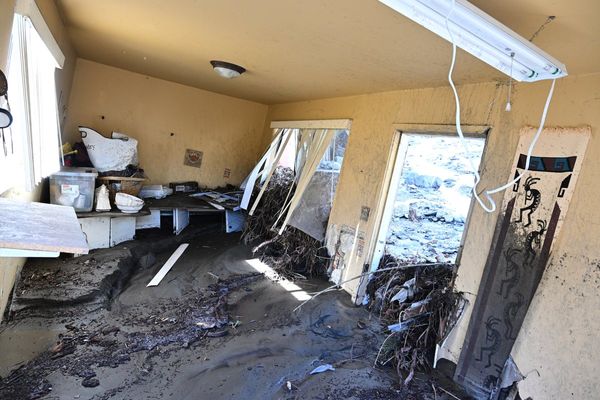According to official sources (the Social Fund of Russia's 2023 annual report), nearly 21,000 insured workplace accidents were recorded in that country alone last year. Meanwhile, international industry experts estimate that a single hour of downtime on a major assembly line can cost a company up to $500,000. "Against the backdrop of these statistics and a critical skills shortage, the human factor has become a direct threat to multi-billion dollar assets," says Dmitriy Skripachev, CEO of technology company AO "Navigator". In his view, traditional safety training methods based on briefings are now obsolete, and the only viable solution is immersive technology, which allows for the creation of a digital twin for any emergency scenario.

The old paradigm, where personnel training was a mere "check-the-box" expense, is leading businesses toward disaster today. The cost of a single mistake by an operator in a chemical plant or an engineer at a power station is higher than ever. It's unrealistic to expect an employee who has only sat through a lecture to act flawlessly in a real-world, high-stress situation.
This is precisely the problem that immersive technologies solve. For modern industry, VR training has become what the flight simulator is for pilots: the only way to prepare for the worst in a completely safe environment. It's an opportunity to place an employee in an exact digital replica of their workspace and have them experience the most dangerous scenarios dozens of times: chemical leaks, fires, or emergency conveyor shutdowns. All of this, without the slightest risk to life or equipment.
But the key argument for VR, as Skripachev emphasizes, isn't just about safety. It's about ruthless economics.
The economics of safety: Three ROI components
The return on investment (ROI) from implementing VR simulators is built on three clear components:
Eliminating direct costs

Every incident in the workplace triggers a cascade of predictable costs: compensation, regulatory fines, repairs, and legal fees. Companies that implement comprehensive VR training, according to industry research, reduce the number of incidents by 40-60%. This has a direct impact on lowering insurance premiums, as insurers view such systems as a significant risk-mitigation factor.
"Cloning" expertise and supercharging productivity
Knowledge retention rates in VR reach up to 90%, compared to just 20% from passive lectures. Employees learn up to four times faster. In business terms, this means companies can "clone" the skills of their best engineers and transfer them to new hires with unprecedented speed. This addresses the skills gap and delivers measurable savings across the enterprise.
Preventing "black swan" events
The cost of a single major disaster can exceed a company's annual profit. VR training is, in essence, the most effective insurance against such events. But unlike a financial policy that only compensates for losses after the fact, a VR simulator helps prevent the disaster itself by neutralizing its root cause-human error.
Addressing the main objection: "It's too expensive"
According to Skripachev, a frequent counter-argument he hears from executives is: "It's innovative, but it's too expensive and complex for our company." He believes this argument is based on a fundamental misconception, as it views VR as a cost center rather than a center for profit and loss prevention.
The comparison is simple. The price of implementing a comprehensive VR program is a one-time, predictable investment. The price of inaction, however, is a constant, uncontrollable risk of daily downtime, accidents, and fines that could turn into a catastrophe at any moment. Modern VR platforms are increasingly becoming turnkey solutions, and their integration costs are negligible compared to the potential losses.
Based on the experience of AO "Navigator", the initial investment in VR simulators pays for itself in 12-18 months on average. But their true value is unlocked in the long term by creating a new safety culture where every employee knows how to act in a crisis at a muscle-memory level.
Ultimately, in Dmitriy Skripachev's opinion, the management of any company must make a choice. What is cheaper: to invest once in a system that allows an employee to safely "make a mistake" in a virtual world, or to constantly pay for their mistakes in the real one?
For the expert, the answer is obvious. The dilemma is no longer about whether companies can afford VR training. It's about whether they can afford to ignore it.







